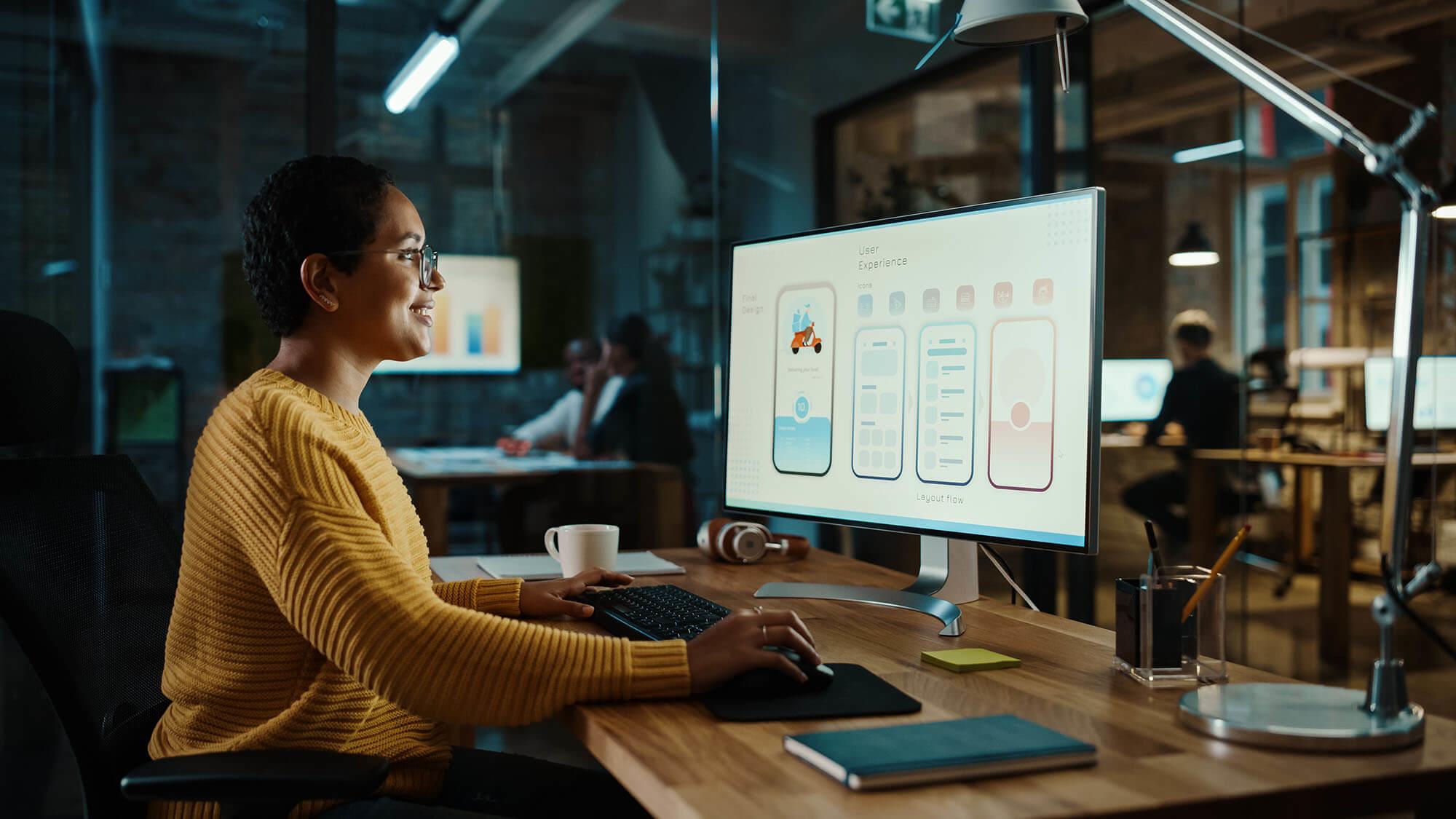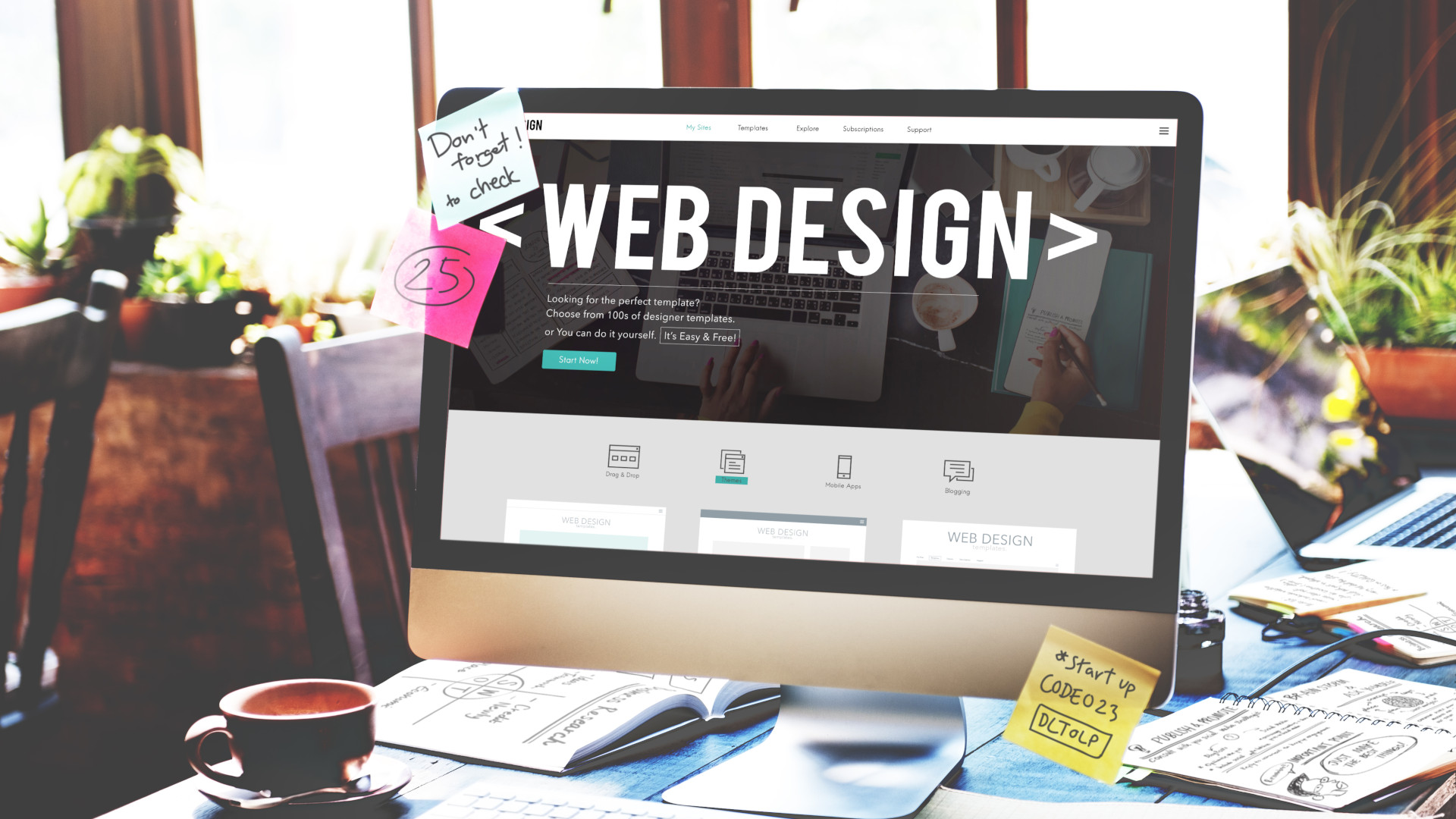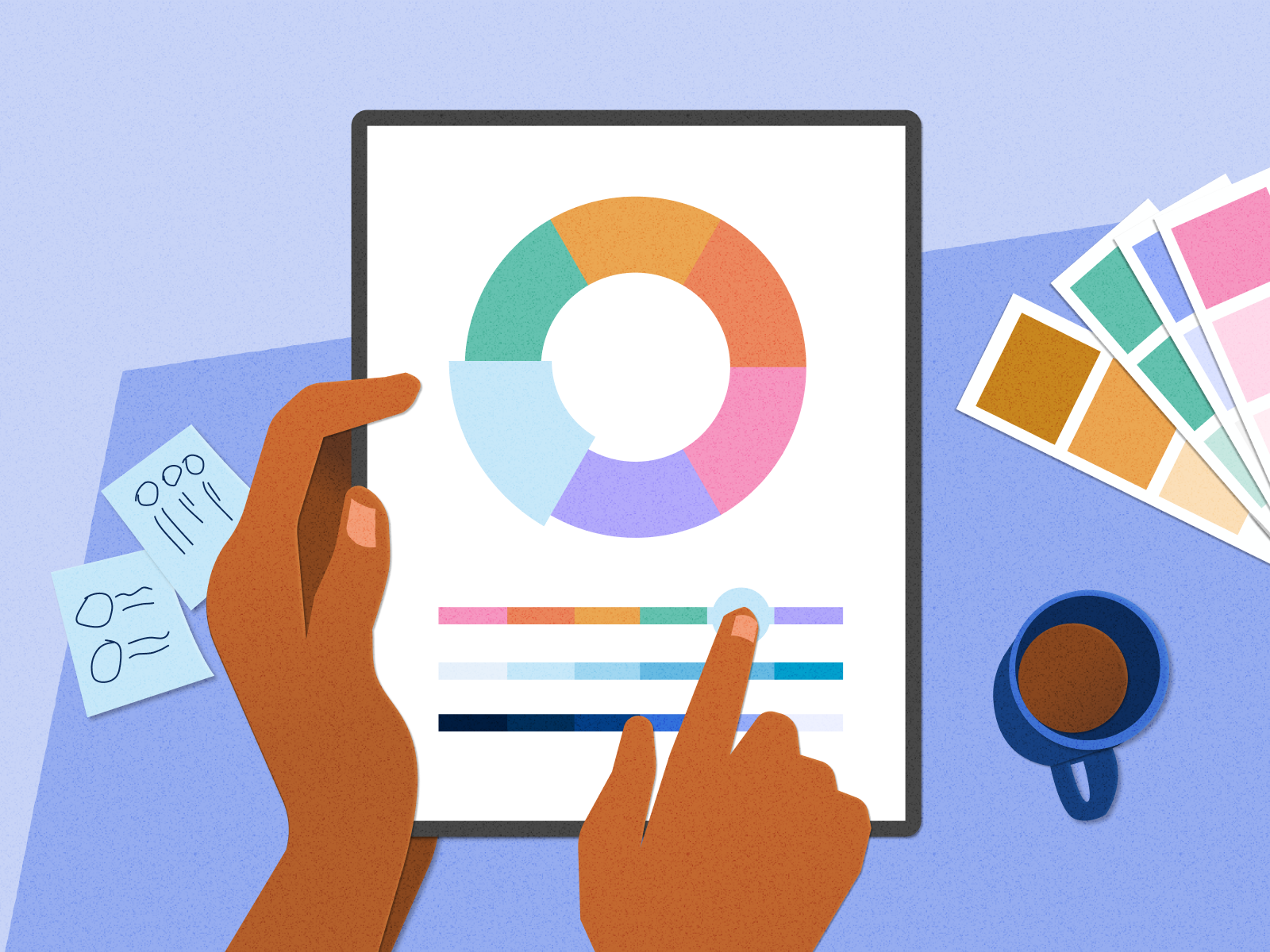The Finest Sorts Of Website Design to Enhance Individual Experience and Engagement
In the ever-evolving landscape of electronic communication, the effectiveness of website design substantially influences customer experience and involvement. Different layout approaches, such as minimal, responsive, and interactive layouts, each offer one-of-a-kind advantages that can deal with varied customer needs. Recognizing which kinds of website design best serve these purposes can be pivotal for services aiming to enhance client satisfaction and retention. Nevertheless, the inquiry stays: which layout elements genuinely reverberate with users and foster significant involvement? The exploration of these principles exposes important insights that may redefine your technique to website design.
Minimalist Web Design
As digital landscapes become increasingly cluttered, minimal Web layout has actually become a powerful method to enhancing individual experience. This layout philosophy focuses on simplicity, concentrating on crucial elements while removing unnecessary disturbances. By making use of enough white room, uncomplicated navigating, and a restricted color scheme, minimalist design cultivates quality and guides user focus to key content.
The core principle of minimal website design is to develop a seamless communication for individuals. By decreasing cognitive load, customers can quickly grasp info without feeling bewildered. This direct strategy not only improves usability yet likewise encourages involvement, as visitors are most likely to discover a site that is aesthetically appealing and very easy to browse.
Additionally, minimal design often stresses typography and images, using these elements purposefully to convey messages properly. This emphasis on necessary components can boost brand name identity and create a remarkable individual experience. Fundamentally, minimalist Web layout is not just a fad; it is a thoughtful approach that identifies the importance of user-centered style. By removing supplementary elements, designers can develop a more appealing, effective, and satisfying Web experience for all individuals.
Receptive Web Design
In today's varied digital environment, responsive website design has actually become essential for producing a smooth individual experience throughout a wide variety of devices. As users access sites on mobile phones, tablets, desktops, and laptops, the ability of a web site to adjust its design and content to various screen sizes and resolutions is crucial.
Receptive website design employs flexible grids, images, and CSS media queries to guarantee that Web material exists efficiently, regardless of the tool used. This method not just enhances the aesthetic charm of a web site but also dramatically boosts use. Individuals are more probable to engage with a website that supplies a constant experience, as it gets rid of the irritation of having to focus or scroll exceedingly.
By taking on receptive design, organizations can boost their exposure and get to a wider target market. In summary, responsive Web style is a fundamental practice that improves customer experience, engagement, and general contentment.
Interactive Web Design
Receptive Web layout prepares for improving customer experience, yet interactive website design takes this an action better by engaging users in a much more dynamic method - Aligned Position Web Design. By including components such as animations, clickable prototypes, and real-time comments, interactive Web design mesmerizes individuals, attracting them right into a richer surfing experience
This approach not just promotes involvement but additionally urges individuals to explore material proactively rather than passively eating it. Techniques such as gamification, where users make rewards for completing tasks, can substantially boost the moment invested on a website and boost total satisfaction. In addition, interactive features can streamline intricate details, making it more enjoyable and absorbable.

Integrating interactive layout elements can additionally result in greater conversion prices, as users are more probable to engage with a site that actively entails them. Aligned Position Web Design. Ultimately, interactive website design transforms individual experiences into remarkable journeys, making sure that site visitors return time and again
Apartment Layout
Defined by its minimalistic approach, flat style highlights simplicity and performance, removing away unnecessary elements and focusing on necessary attributes. This design read the article approach focuses on use, ensuring that users can browse user interfaces with simplicity and performance. By using a tidy visual, flat style eliminates the mess often found in more luxuriant designs, consequently improving user focus on web content and performance.
The trademark of flat design exists in its usage of bold shades, easy typography, and geometric shapes. These components add to a visually enticing user interface that is both contemporary and approachable. Furthermore, flat style promotes a sense of quality, allowing users to recognize necessary actions and information without distraction.
Furthermore, flat layout is particularly effective in responsive Web layout, as its simplicity equates well throughout numerous devices and display dimensions. By concentrating on important functions, level layout not just meets user requirements yet additionally encourages seamless interaction, making it an important part of reliable Web design strategies.
Adaptive Web Design
Flexible Web style tailors the customer experience by creating multiple repaired layouts tailored to different screen sizes and gadgets. Unlike responsive style, which fluidly readjusts a solitary format, flexible layout uses distinct layouts for particular breakpoints, ensuring optimal presentation on different systems. This approach allows developers to focus on the special attributes of each gadget, boosting usability by delivering precisely what individuals require based upon their context.
Among the key benefits of adaptive Web design is its capacity to maximize lots times and performance. By serving tailored web content and images that fit the individual's gadget, sites can reduce data use and enhance loading rates. This is especially valuable for customers with slower links or limited information strategies.

Additionally, adaptive layout helps with an extra controlled and constant branding experience. Considering that developers create several formats, they can ensure that the visual aspects straighten with the brand's identity across various systems - Aligned Position Web Design. This leads to a cohesive customer experience, boosting engagement and promoting individual retention
Verdict
Minimalist design cultivates clarity and emphasis, while receptive layout makes certain flexibility throughout different devices, advertising availability. Jointly, these style approaches add to the development of easy to use environments that not just boost fulfillment however also drive greater conversion rates, underscoring their critical relevance in contemporary Web layout methods.

Minimal style promotes quality and emphasis, while receptive layout ensures adaptability across numerous devices, promoting access. Jointly, these layout comes close to add to the production of user-friendly environments that not only boost satisfaction but also drive higher conversion prices, emphasizing their critical importance in modern Web design approaches.
 Kelly McGillis Then & Now!
Kelly McGillis Then & Now! Brandy Then & Now!
Brandy Then & Now! Erik von Detten Then & Now!
Erik von Detten Then & Now! Talia Balsam Then & Now!
Talia Balsam Then & Now! Raquel Welch Then & Now!
Raquel Welch Then & Now!